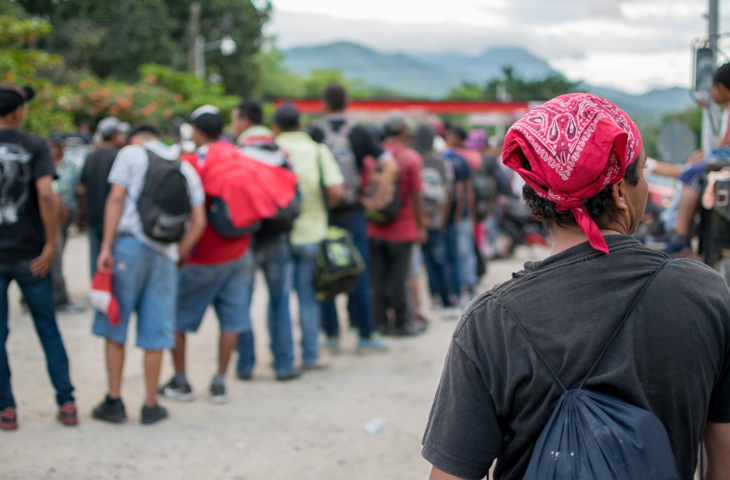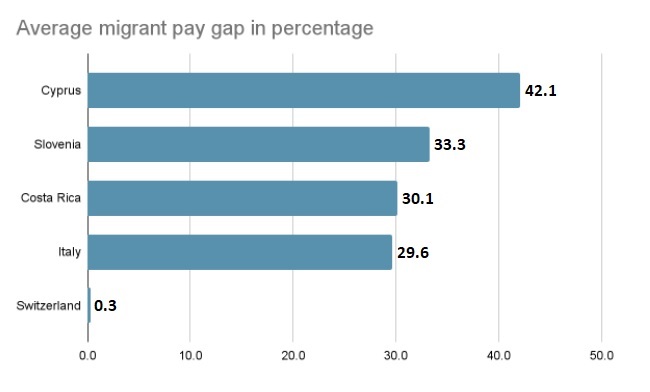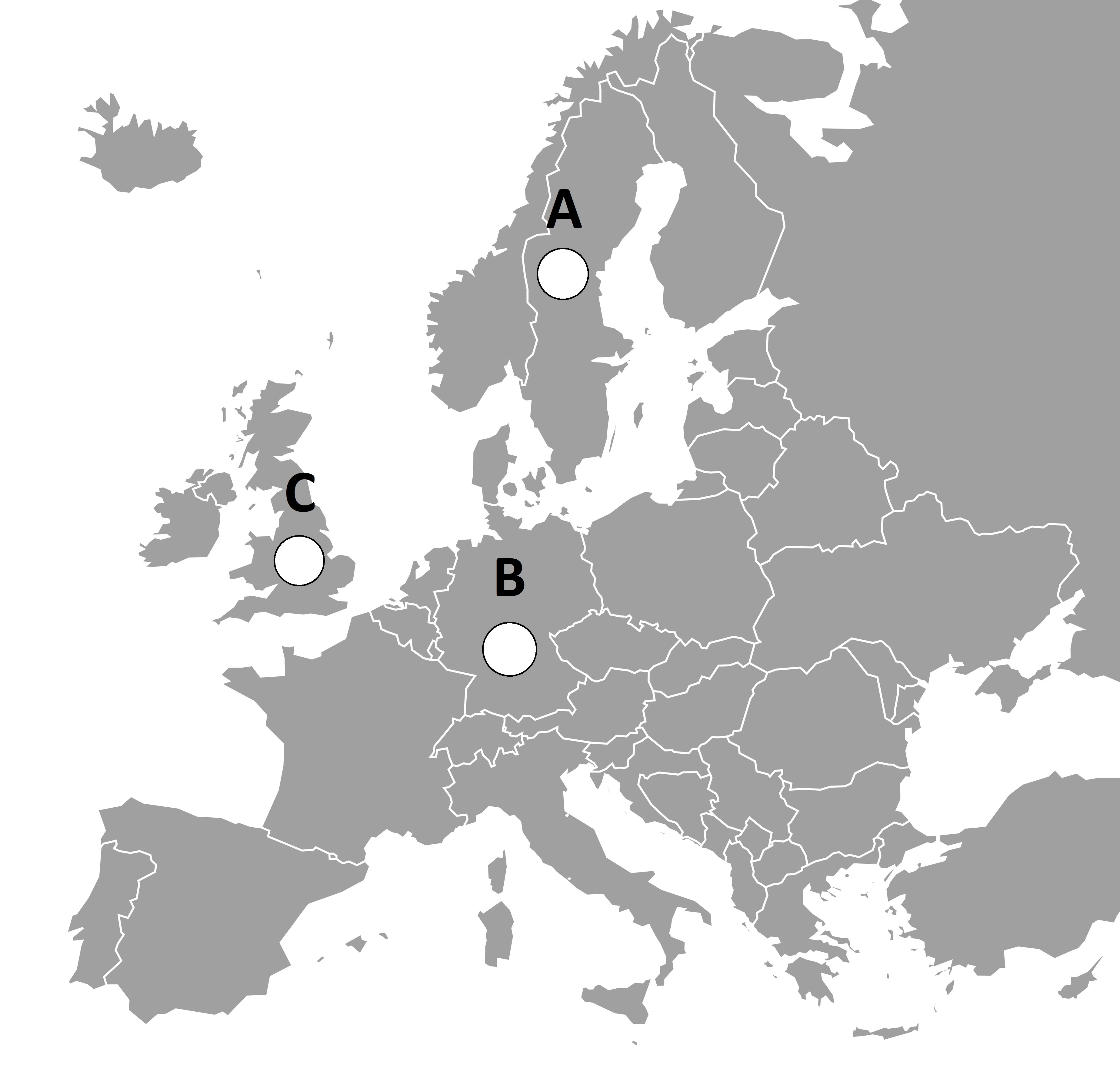
“Reduced Inequalities” is the topic of this unit.
■ Learn the vocabulary and expressions related to inequalities
■ Get to know and share your thoughts on the countries facing inequality issues
■ Give a presentation related to inequality issues







| 1. | What is one of the most important functions of the government? |
| The most important function of the government is _______________ . |


| 2. | Did you do your research on a sub-textbook? Did you find an activity to solve the infrastructure issue? Please tell me what the organization/association does and how you feel about it. |




In the next part, we are going to learn about “Reduced Inequalities”.

| 1. | Where is Germany? A, B or C? |
| The answer is _________. |



| 2. | What can you see in the pictures? Please describe as many as you can from each picture. |
 |
 |
| Answer: |






|
migrant 移住者
Migrant workers are frequently blamed for rising crime rates.
|

|
isolate 孤立した
The majority of elderly women are isolated in their homes.
|

|
solidarity 連帯、団結
Hundreds of people showed their solidarity for labor rights.
|

|
initiative 新たな取り組み
The initiative to close the wage gap between men and women was a success.
|




| 1. | _______________ workers are at risk of being exploited. |
| 2. | The minority will be _______________ as a result of the new policy. |
| 3. | Both _______________ and dignity are important to achieve equality. |
| 4. | This _______________ is critical to keeping the city clean. |




Then, let’s move on to the next part.


Inequality affects the migrant labor market as well. The migrant pay gap has widened in certain high-income countries over the last five years. Furthermore, according to a report by the Centre for Ageing Better, older women are more likely than older men to live in poverty, be socially isolated, live in poor housing, become ill, and die younger. It is the result of a lifetime of unequal pay and working conditions only for women.


| 1. | According to the passage, what is the average migrant pay gap in Slovenia? |
| Answer: |

The Takaful and Karama programs “Solidarity and Dignity”, which began in Egypt in 2015, provided financial assistance to families in exchange for their children staying in school and receiving good health care. Poor citizens over the age of 65 have also benefited from the program, which provides them with tiny monthly pensions. The initiative benefited more than 10% of Egypt’s population.


| 2. | What is the Takaful and Karama program and how did it help 10 percent of Egypt’s population? |
| Answer: |






| Everyone is getting old. In the future, you may face inequalities because of your age. What kind of concern do you think you will have in the future? |


| Is there any government support for your concerns? What support do you want to receive when you get older? |
| 1. | |
| 2. |


| Opening | Good morning/ afternoon/ evening. Today, I’d like to talk about (theme). I’ll discuss two types of support the elderly must receive. |
| Body |
① (first item and why) ② (second item and why) |
Closing | These are two types of support the elderly should receive. |

| Opening | Good morning/ afternoon/ evening. Today, I’d like to talk about (theme). I’ll discuss two types of support the elderly must receive. |
| Body |
① __________________________________________ ② __________________________________________ |
| Closing | _____________________________________________ |



| Answer: |




